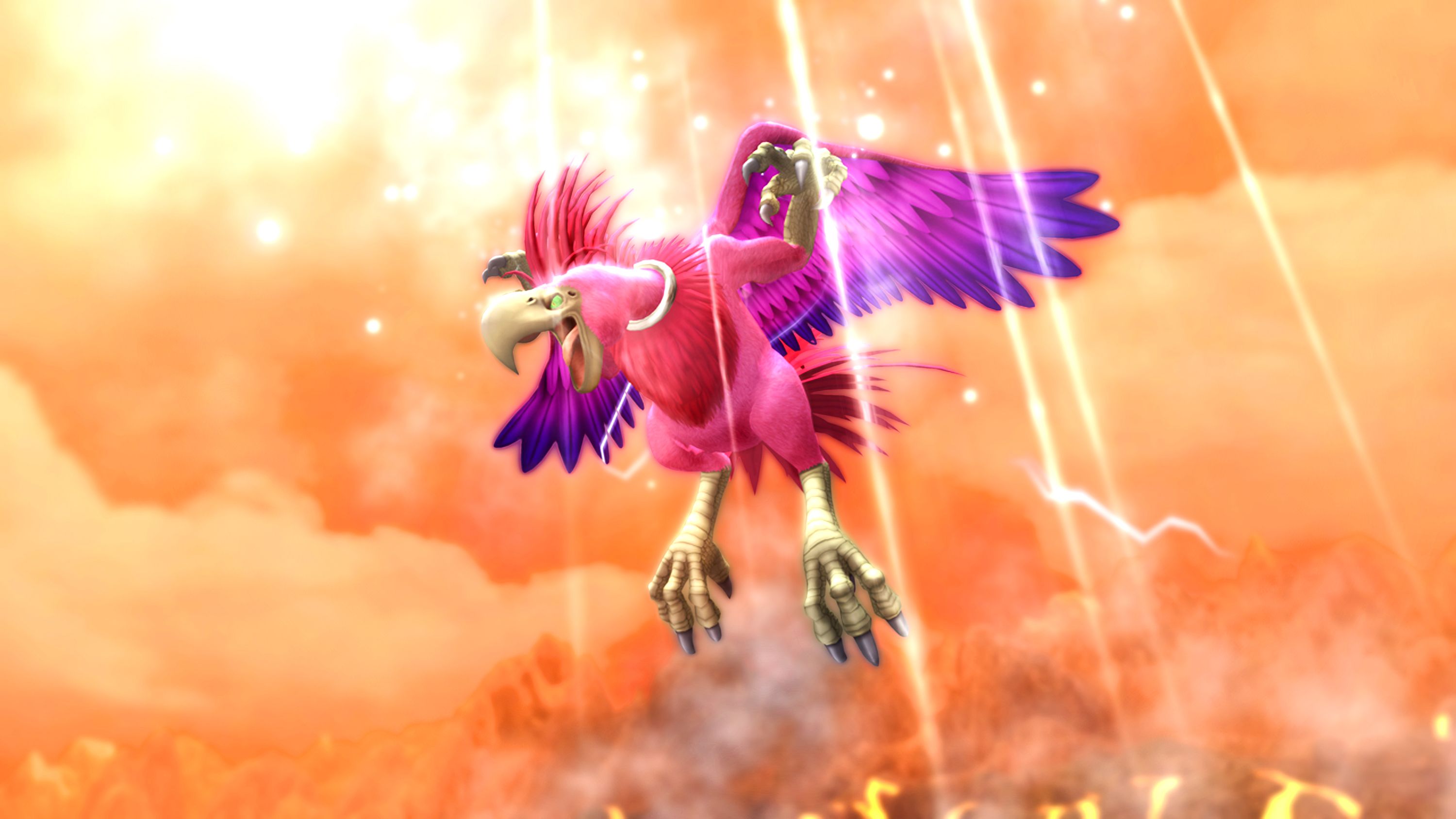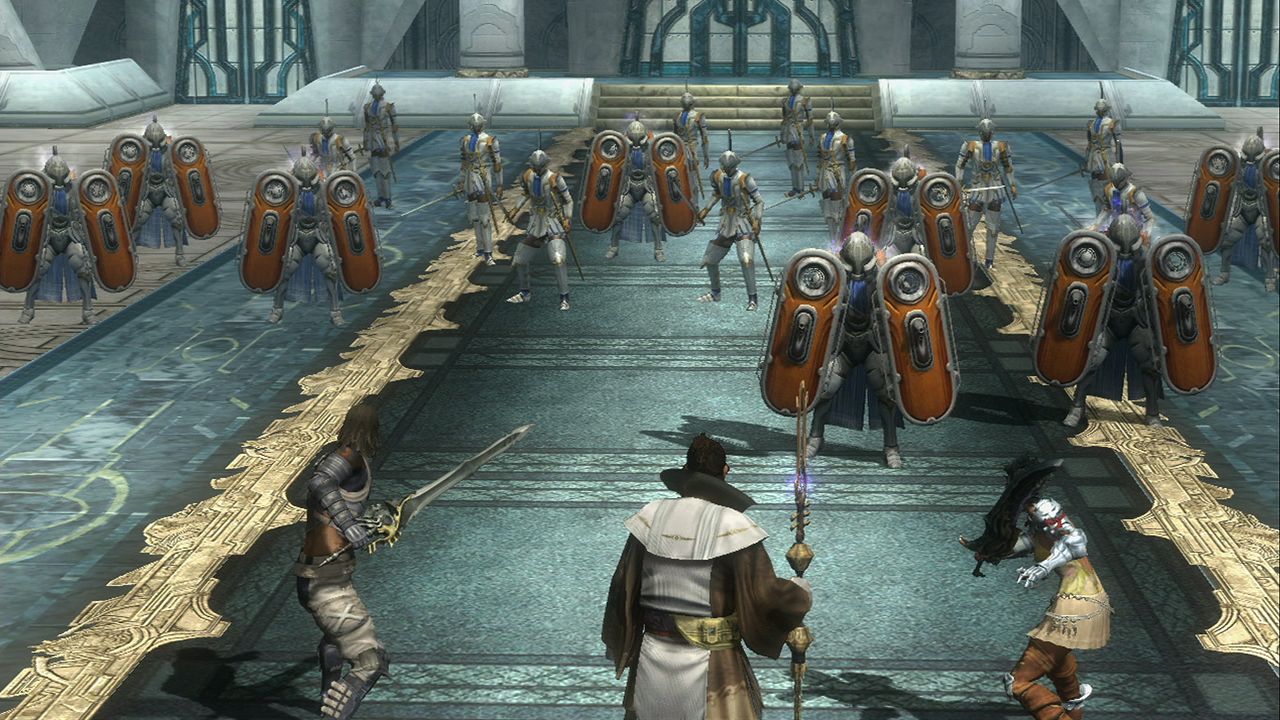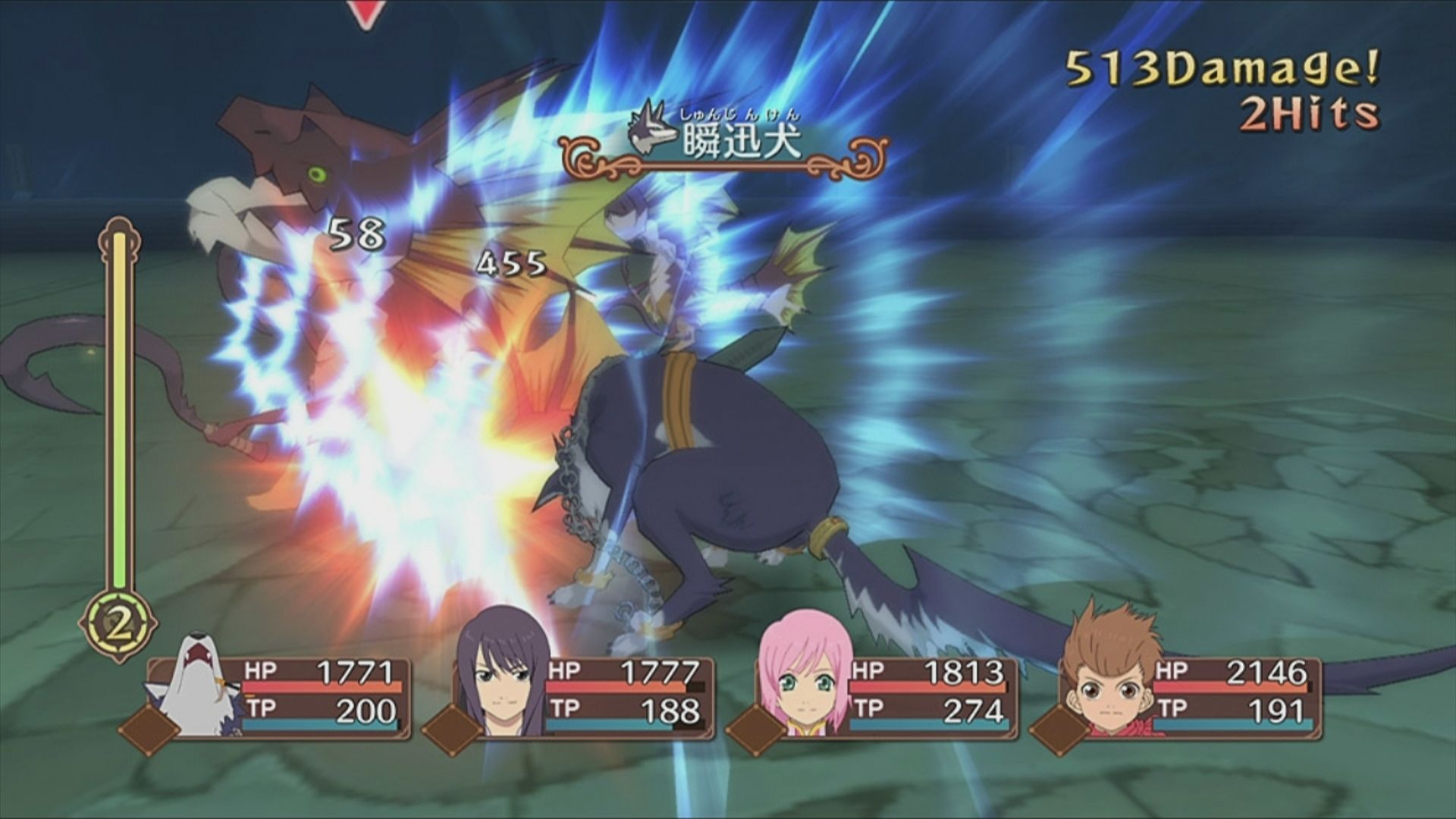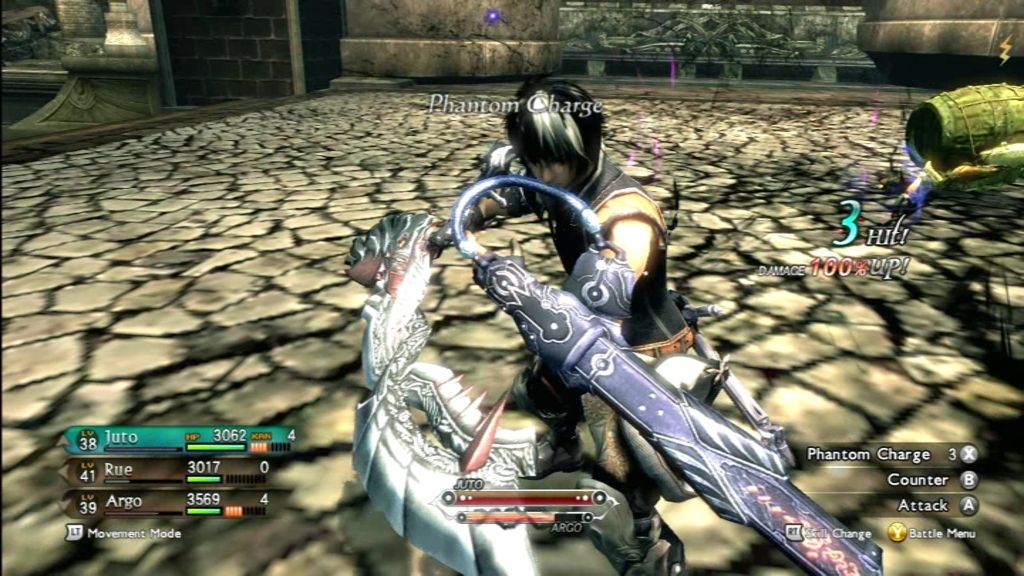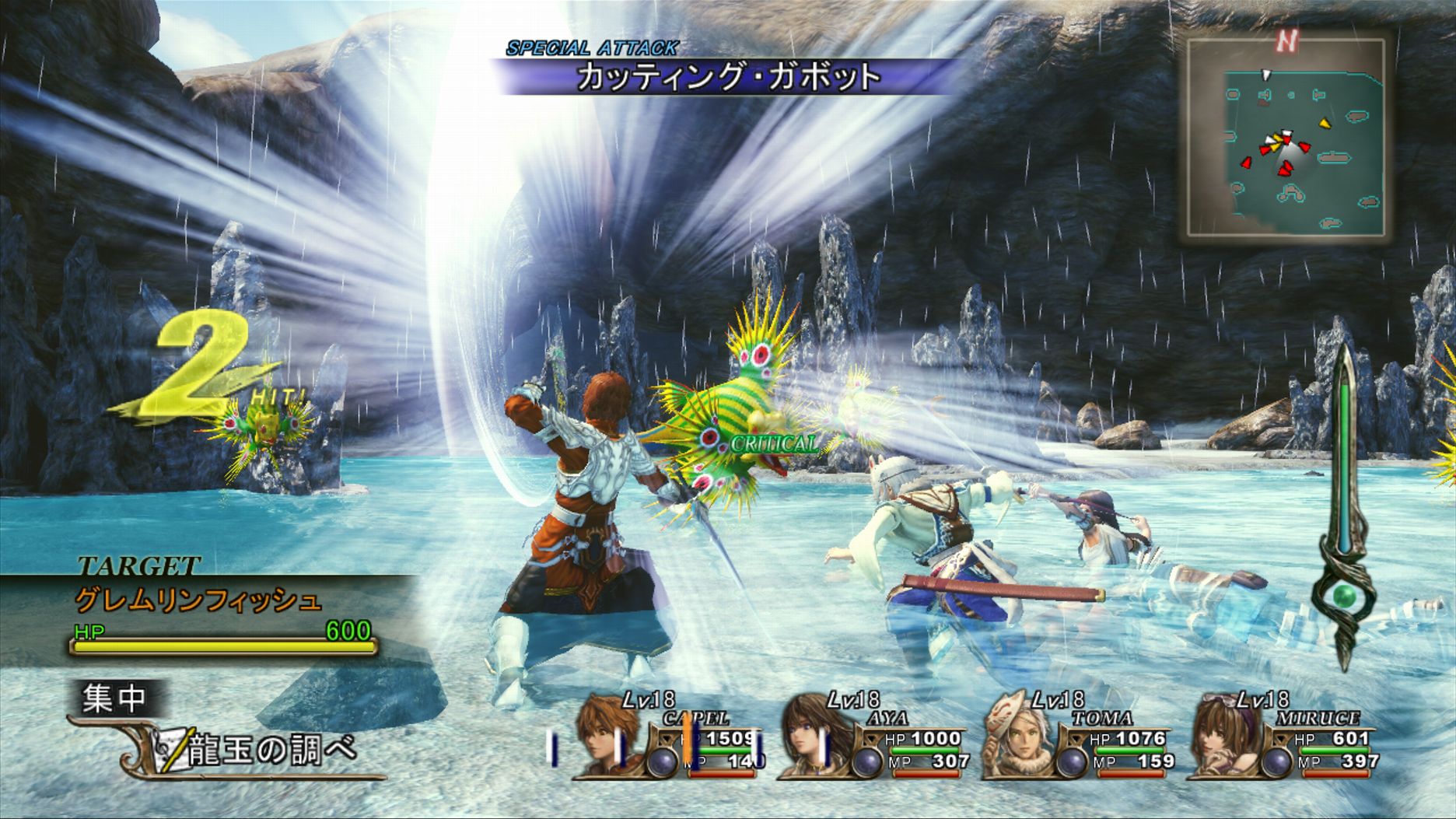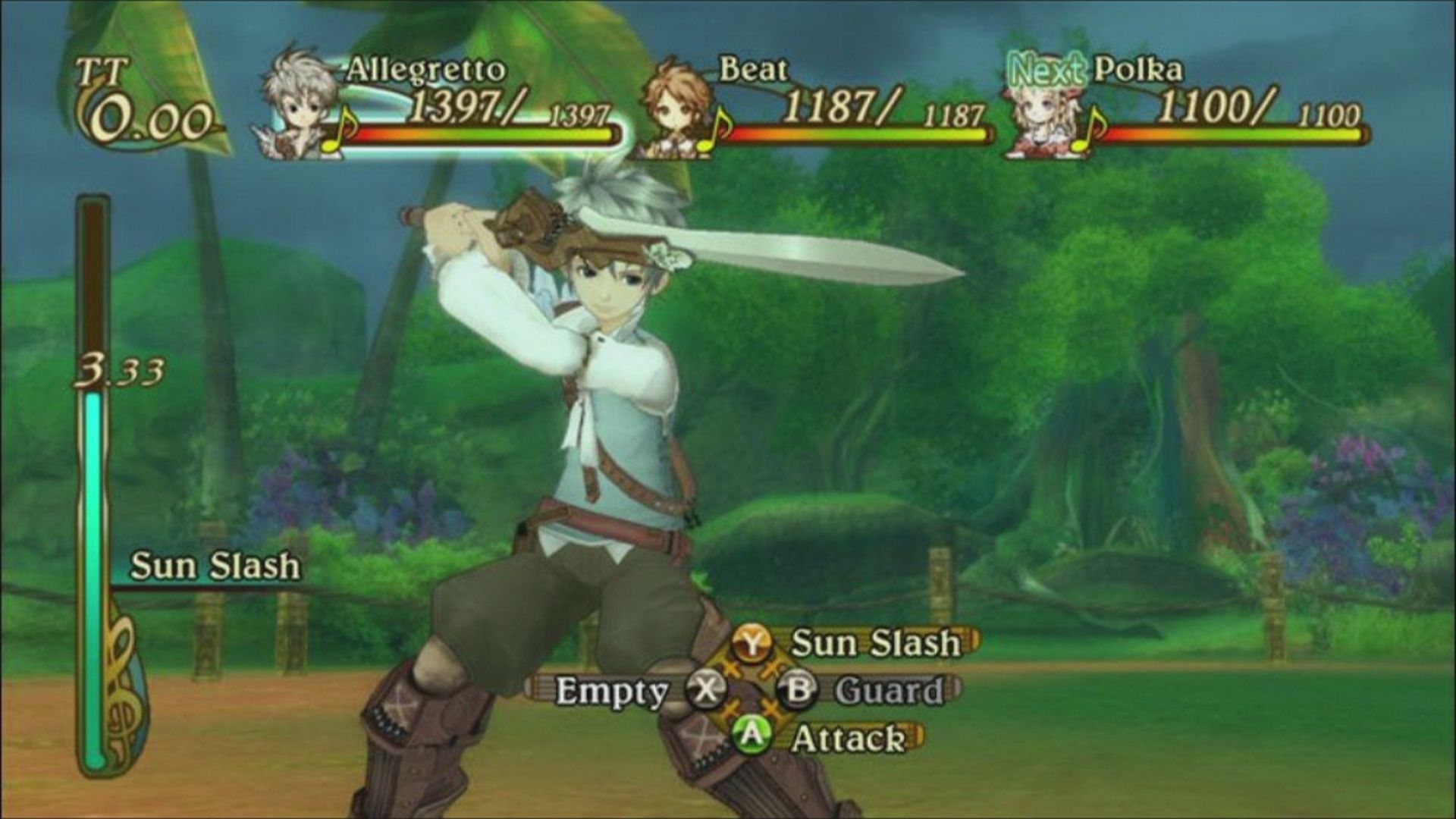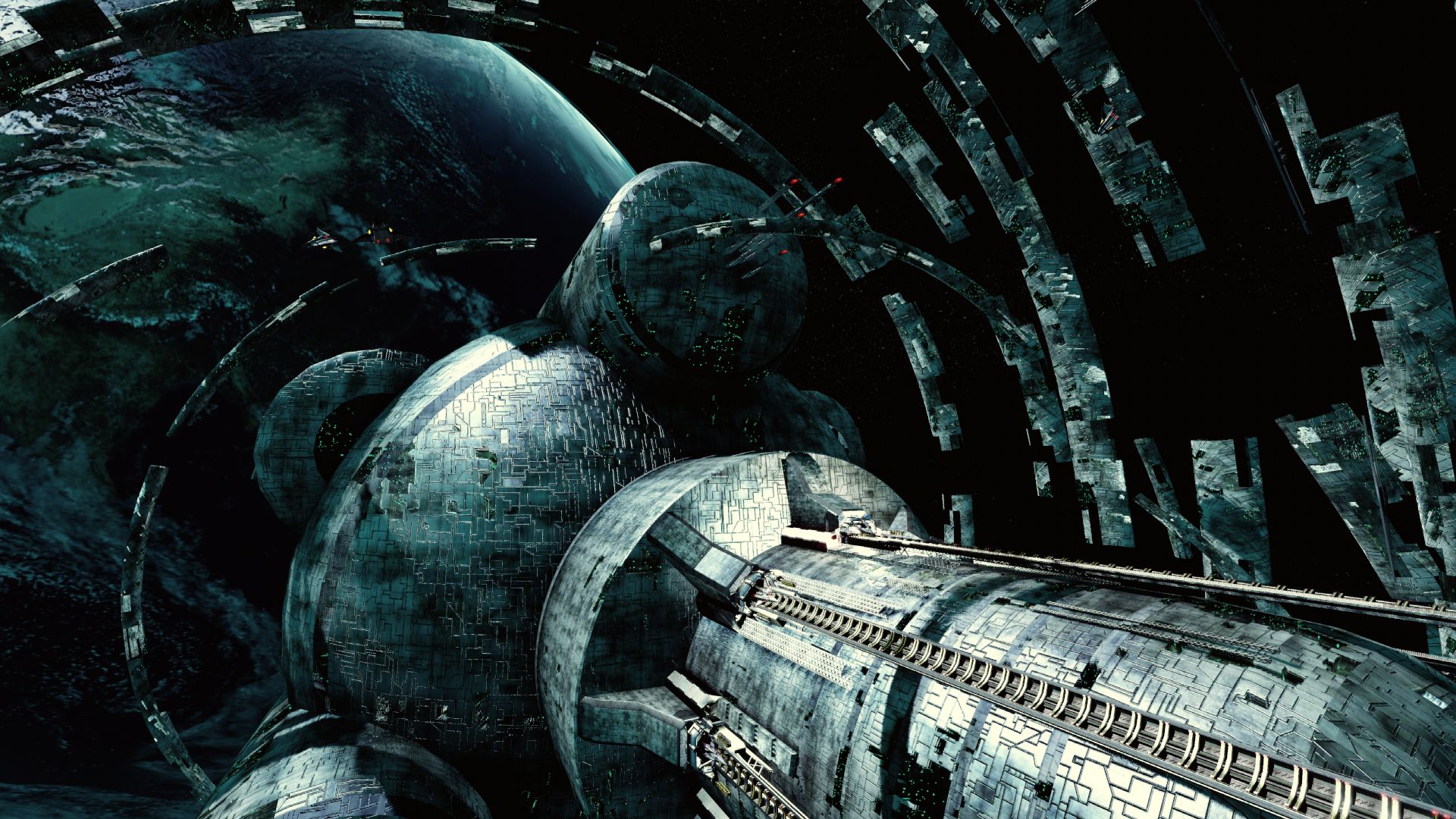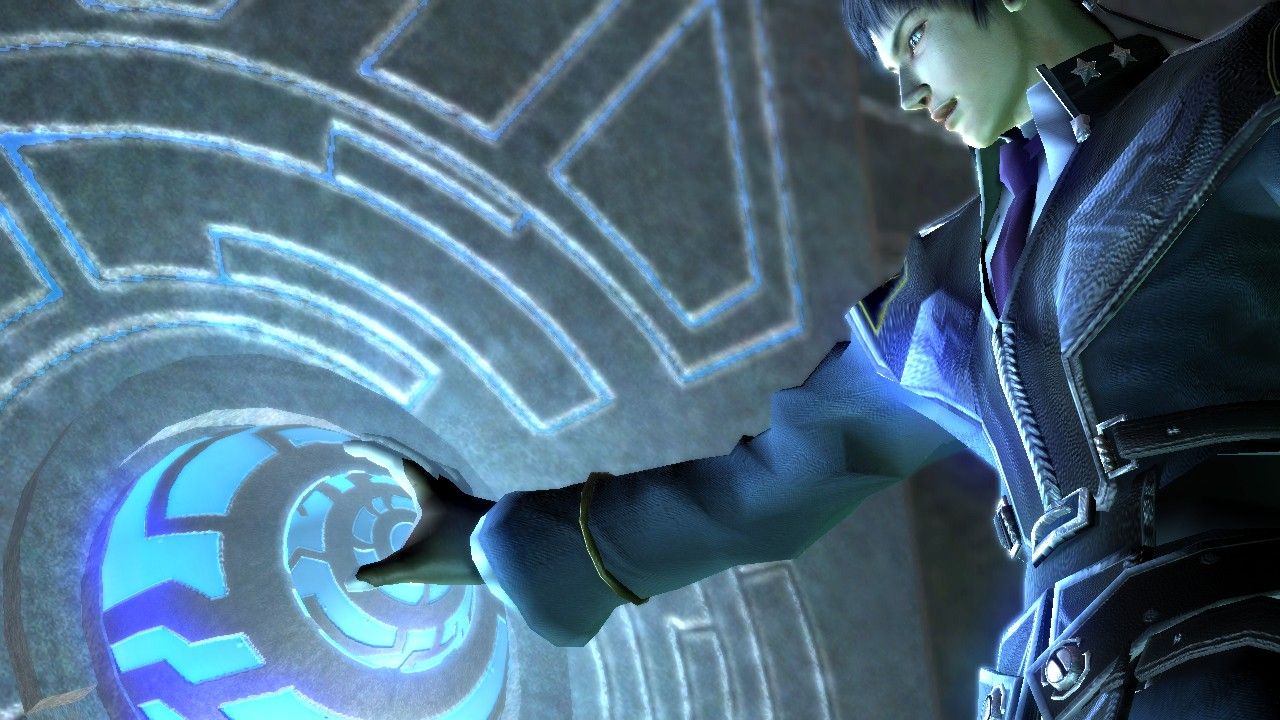Here we talk about JRPGs that remain exclusive to the Xbox 360 till this very day. We also mention games that were released first and foremost for the Xbox 360 in mind, long before other platforms were even considered. In the case of Tales of Vesperia, the PlayStation 3 version never left Japan! And we also have the curious case of Nier.
BLUE DRAGON
The light from your heart creates your Shadow
Nobuo Uematsu, Akira Toriyama, and Hironobu Sakaguchi. Three of the biggest names in the industry and the true pioneers of Japanese role playing games, having them work together on the same game can only lead to great things. Such were the lofty expectations when Blue Dragon was first announced. While it may not have achieved genre defining greatness, Blue Dragon is still a game that you can't help but adore when you give it a real chance.
Blue Dragon is perhaps the closest thing that gamers got to a true console Dragon Quest game during that hardware generation. After the amazing reception Dragon Quest VIII got on the PlayStation 2, many were a little heartbroken to see the next installment appear on the DS. Fortunately Blue Dragon fills that void perfectly well, as it is just as pure and wholesome as any decent Dragon Quest entry with enough character of its own.
Blue Dragon is an old school turn-based Japanese RPG through and through, but the design and flow of the game rarely ever feels archaic. It may not have innovated but it most certainly offered a beautiful and sincere role playing adventure. The story and characters certainly left a lot to be desired for many, and the questionable English dub probably made matters worse, but at the end of the day Blue Dragon's classic good versus evil plot, with that strong "coming of age boyhood dream" element, made for a heartfelt and fun experience. - Jahanzeb Khan
What Hardcore Gamer said back in the day...
In an era where games are getting even-shorter, Blue Dragon is a staggeringly 16-bit, grind-happy title.
LOST ODYSSEY
A Thousand Years of Dreams
Lost Odyssey is probably the most significant title among Microsoft's big push on the Japanese market early in the 360's life cycle. One of the few JRPGs published by Microsoft, Lost Odyssey was in many ways a return to the more traditional mid '90s style of RPG at a time when the heavy hitters of the genre were experimenting with inconsistent degrees of success. Produced by famed Final Fantasy creator Hironobu Sakaguchi and composed by legendary Final Fantasy composer Nobuo Uematsu, Lost Odyssey is a lot like what many hoped Final Fantasy XIII would have been. While not quite as ambitious as Final Fantasy XIII, Lost Odyssey excels by combining tried and true JRPG mechanics and design with an intriguing setting, a cast of interesting characters, and some of genuinely moving short stories.
Those looking for a fresh, innovative take on the genre will likely be disappointed with Lost Odyssey, but if you simply want a game that takes everything that defines what a great JRPG is and executes on it, you can't really get much better. Despite the use of many JRPG tropes, like an amnesiac main character, the use of airship, and a magical threat that endangers the entire world, Lost Odyssey doesn't feel tired largely because of the extremely high quality of the entire package. It's excellent presentation, outstanding writing, and deep tactical combat are all among the best the genre has to offer. If there was ever a game that proved JRPGs don't need to reinvent the wheel to be great, it's Lost Odyssey. - Matt Beaudette
TALES OF VESPERIA
RPG to "Enforce" Justice
There’s probably someone who’s willing to murder me over this, but Tales of Vesperia is hands down the best entry in the Tales of series. The gameplay has been thoroughly refined since the fun but somewhat clunky sixth-generation entries, and while subsequent games have further improved on the combat, none can match Tales of Vesperia for its visuals or story. The world of Terca Lumireis is vibrant and chock-full of lore. As you travel the various lands you get a sense of their distinct cultures, while the focus on blastia as a key industrial technology gives everything a sense of cohesion. This is also one of the last Tales of games to use a fixed-perspective camera, which allows the environments to be a lot more impressive and imaginative than they would in full 3D. There’s also much heavier cel-shading on the characters than you see in Tales of Xillia, which makes the game look more like an anime come to life. It helps that the character designs are simpler and all around better.
The characters don’t just look good, though, they’re well written. The protagonist, Yuri, is smart, cynical, and streetwise, sharply contrasting with the bumbling idiots who usually lead these games’ casts in service of easy exposition. The heroine Estelle fills in as the party’s more naïve character, but she’s got her own expertise, and never demands any sort of exposition dumps. She also has a very touching friendship with Yuri that never devolves into hokey romance. Yuri’s friendly rivalry with his old pal Flynn also makes for some surprisingly compelling drama. I wish I had space to talk about the rest of the cast, because they’re all great, but suffice it to say, Tales of Vesperia has a lot of heart. It even has the best mascot in the series, Repede, a loveable dog with attitude who wins simply by virtue of not talking. - Geoff Thew
What Hardcore Gamer said back in the day...
The graphics are stunning, the characters are interesting and the game is simply really fun to play.
MAGNA CARTA 2
Alright, so this isn't really a Japanese RPG
When it comes to RPGs you have this clear black and white distinction between Western RPGs and Japanese RPGs; but Korean developed RPG, Magna Carta 2, blurs the line by offering the best of both worlds. It has the ambience of a Japanese RPG, with the main plot and characters of the game heavy on the tried and tested tropes and clichés characterizing the polarizing sub-genre. Honestly, the game is about as stereotypical as you can get when it comes to the writing and art direction, seasoned veterans can probably smell the plot twist and character development from miles away.
Now the part where Magna Carta 2 shines more is in terms of design and gameplay, and this is where it draws upon Western influences (and Korean MMORPGs). The battle system is seamless real-time action where you can pull off a multitude of cool attacks/spells and special techniques, but it doesn’t resort to button mashing as it has a nice tactical and strategic layer to it. Put it simply, the combat system of Magna Carta 2 is highly volatile and a ton of fun, it gets progressively more interesting as you progress through the game. The game design is highly engaging too, it quickly gets to the point of OCD addiction because of the wealth of bite-sized quests you can take part in.
The uninspired story and cast will most likely make you cringe, but the seamless action-driven battle system and engaging pace of the game design will reel you in for a thoroughly fun (and lengthy) gaming experience. - Jahanzeb Khan
INFINITE UNDISCOVERY
Infinitely Unblessed
Infinite Undiscovery is a tale of mistaken identity, awkward phrasing, and squandered potential. These are also elements of the game’s story. Infinite Undiscovery starts from the interesting premise that you are not the legendary hero destined to save the land, but rather some schmuck with the ill fortune of looking exactly like him. Capel the bard is mistaken for the rebel hero Sigmund and thrown in prison, in much the same way that Infinite Undiscovery might be mistaken for a game worth playing and thrown in your Xbox 360.
The trouble is that the game takes its interesting premise exactly nowhere, instead choosing to mire itself in pointless diversions before revealing one of the most underwhelming twists to ever grace a game. This awkward storytelling is exacerbated by an exceedingly awkward translation courtesy of Square Enix. When your Japanese office comes up with a title like Infinite Undiscovery, and it still sounds more like something an actual human would say than the dialogue written by your English-fluent localization team, you know you have problems.
You can’t put it all on the publisher, though, as Tri-Ace haven’t exactly pulled their weight on the development end. Combat is built on some interesting ideas – dynamic, real-time battles where the environment can be turned against enemies – but in practice it’s a clunky, convoluted mess. The game can be quite deep, but to get there you need to wade through some awful mucky shallows. - Geoff Thew
ETERNAL SONATA
Chopin's Dream
Eternal Sonata has become somewhat notorious for its convoluted and melodramatic plot, characters, and overall writing. The edutainment aspect of it was another thing that didn't sit too well with many gamers. To recap, Eternal Sonata reenacts the final moments of famed composer Frederick Chopin, with the game itself taking place inside a world fabricated by his own dreams. The game is often punctuated by short biographical snippets on Chopin which was jarring to say the least. Still, as far as other crucial aspects of a RPG go, Eternal Sonata absolutely shines.
The music is quite simply mesmerizing, with most tracks being renditions of Chopin's timeless piano masterpieces and the original compositions being just as inspiring and romantic. The soundtrack alone will strongly enchant anyone playing the game, and to further complement this aural beauty the visual aspects of the game are just as breathtaking. The use of cel-shading is among the best you will ever witness in a video game, creating a work of visual art where every scene and backdrop deserves to be in an art gallery.
The battle system also deserves much praise, and so despite the less than ideal story, it really helps that the combat is unique and entertaining. It's an interesting fusion of turn-based cycles with real time action. To make things more interesting the battle map has light and dark areas, which determine the nature of special attacks as well as the shape/form of monsters. It all comes together to create a very strategic and action driven turn-based RPG. - Jahanzeb Khan
What Hardcore Gamer said back in the day...
Despite the bubble-eyed anime character designs, the game's script is sharp and subtle in a way that anime usually isn't.
STAR OCEAN: THE LAST HOPE
Long before the end of time...
While there’s much credit to be given to the added look in international version of the game, Star Ocean: The Last Hope for the Xbox 360 is one of the most vibrant and beautiful looking games to ever come out for the console and it’s a shame that it gets overlooked due to minor nuances. Aside from the horrid voice acting and cut scenes that borderline the same length as Xenogears, players will have no choice getting sucked into a number of gorgeous, glowing galactic worlds that shine throughout the game.
The battle system is the best quality about the game, bringing forth familiarity with some added technical qualities as well. There are no random encounters. Player can freely engage in battle however they choose. With four of your party members on the field, you can easily switch one of them out on the fly with another character. In addition to the crazy combos and magic abilities that can be learned and executed, the “Blindside” attack is an icing on the cake. Catching your opponent off-guard from behind is always a welcome advantage in combat
Despite the fact that the game takes place before all previously released Star Ocean games, character development and slow pacing of the story feels like a chore to get through. Some of your whacky party members truly show their worth and value whenever you engage with them in special scenes while aboard the Calnus ship, but if anything, the sheer innovation and addictive propensity in the battle sequences provides enough reason to sit through it all. - Bryan Dunpot-Gray
ENCHANTED ARMS
Everyone can be a little bit happier tomorrow than they are today
Considering it was the first RPG to be released on the last generation of home consoles, Enchanted Arms certainly set the bar fairly high for itself. The game even advertises this on the back of the box, really hammering home the point that it is a next-gen RPG. What exactly does it entail being a next-gen RPG? What differentiates one of these next-gen RPGs from a last-gen RPG? Improved battle mechanics? Massive, sprawling towns or battles? Unfortunately, Enchanted Arms response to this question was, "eh, not much" before sitting back and giving you forty hours of solid boredom.
Enchanted Arms did seem to have a lot going for it at first glance. The fundamentals for the battle system are actually fairly interesting and offer a change of pace from the common turn based antics in most RPGs. However, the game starts to drag pretty early on, and that is only supposing you can get past the first time any of the awful characters open their mouths for the first time. Unlike most RPGs, the story isn't remarkable in any way, the character growth is is entirely absent, and there is almost nothing to do here outside of the main story. While this was last gens first "next gen" attempt at an RPG, all it made me wish was that we could have stuck around in the previous generation a little longer. - Nikola Suprak

